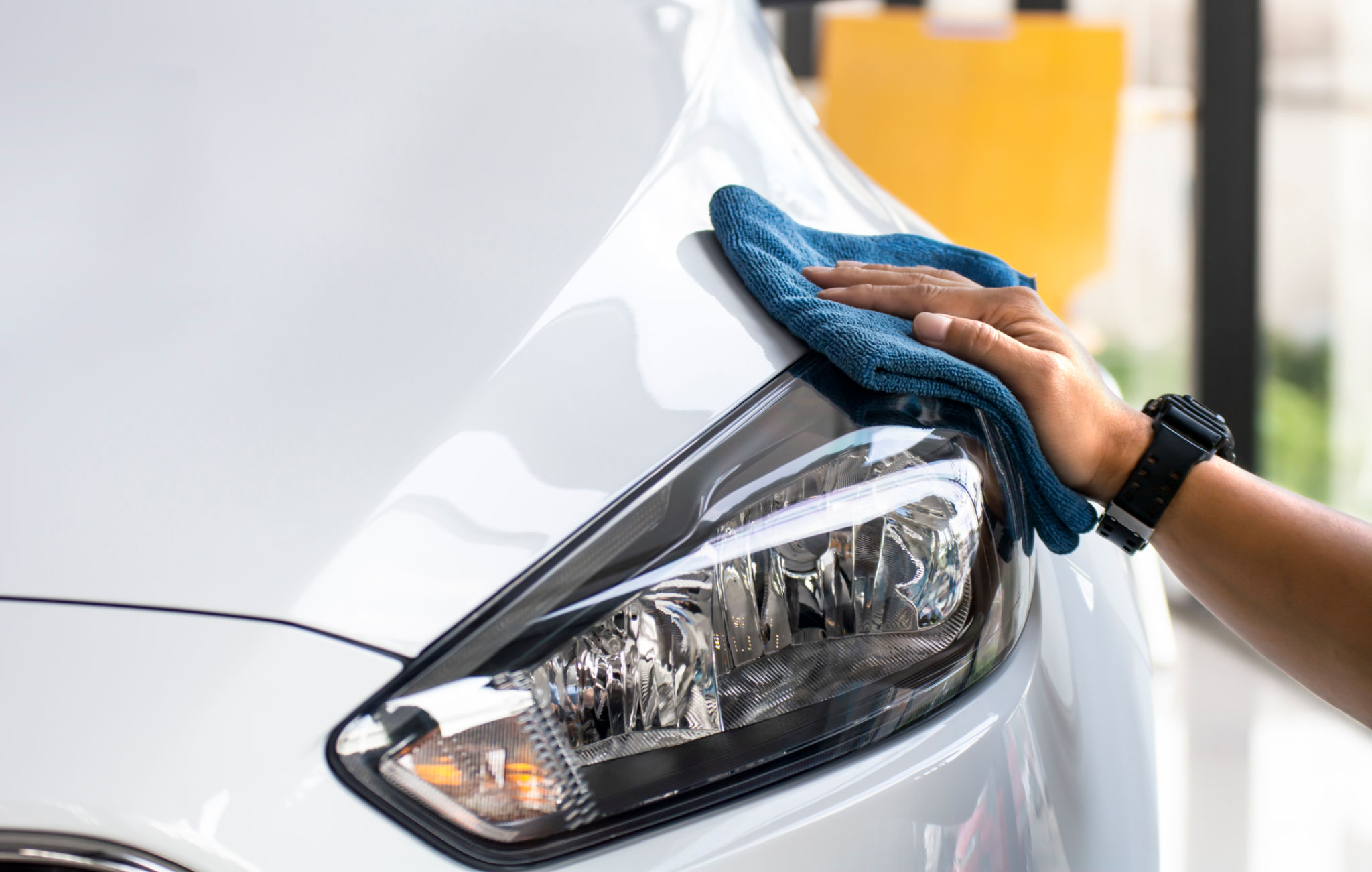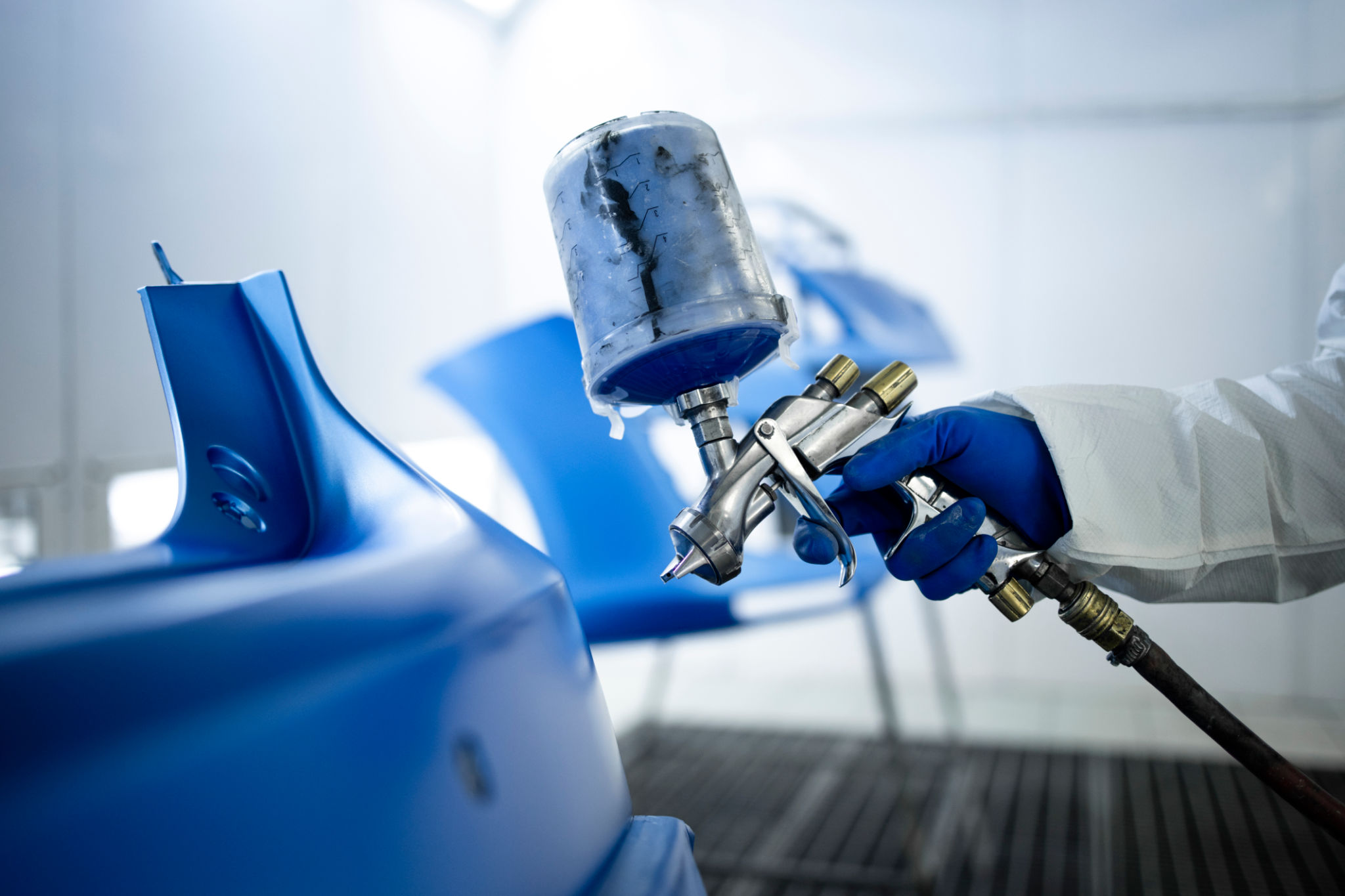Expert Tips on Maintaining Your Vehicle After Rust Removal
Understanding the Importance of Rust Removal
Rust can be a car owner's worst enemy, silently eating away at the metal and compromising the vehicle's integrity. Once you've successfully removed rust, maintaining your vehicle becomes essential to prevent future occurrences. Not only does this ensure the longevity of your car, but it also helps retain its aesthetic appeal and resale value.
After rust removal, adopting a proactive maintenance routine is crucial. This involves regular inspections, timely repairs, and using products that protect against rust. By understanding the causes and signs of rust, you can take preventive measures that save time and money in the long run.

Regular Inspection and Maintenance
Schedule Routine Checks
Performing routine checks is vital for spotting early signs of rust or damage. It's advisable to inspect your vehicle every few months, focusing on areas prone to rust such as wheel wells, undercarriages, and door sills. Detecting rust early allows for immediate action, preventing extensive damage.
Keep Your Vehicle Clean
Dirt and moisture are major contributors to rust formation. Regularly wash your car to remove grime and salt, especially during winter months when roads are often treated with de-icing agents. Pay special attention to the underside of your vehicle, as it's more exposed to these elements.

Protective Coatings and Products
Apply Rustproofing Products
After rust removal, consider applying a rustproofing product. These products create a barrier between the metal and the elements, significantly reducing the risk of future rust. Options include wax-based coatings or oil-based sprays, both of which offer effective protection.
Use Paint Sealants
Paint sealants provide an additional layer of protection over your car's paintwork. Not only do they enhance the vehicle's shine, but they also shield against moisture and UV rays that can lead to rust. Applying a paint sealant every six months can make a noticeable difference.

Timely Repairs and Touch-Ups
Addressing minor dings and scratches promptly can prevent them from becoming starting points for rust. Even small chips in your car's paintwork can expose the metal underneath to moisture and air, accelerating rust formation. Use touch-up paint to cover these blemishes as soon as possible.
Additionally, if you notice any signs of rust reappearing, act quickly by sanding the area and applying a rust-inhibiting primer. This proactive approach minimizes the chances of further corrosion and maintains your vehicle's condition.
Storage and Environmental Considerations
Choose the Right Parking Environment
The environment where you park your vehicle plays a significant role in rust prevention. Whenever possible, park in a garage or sheltered area to protect your car from rain and humidity. If indoor parking isn't an option, consider using a car cover for added protection.
Monitor Climate Conditions
If you live in an area with high humidity or frequent snowfall, take extra precautions to protect your vehicle. Regularly inspect for moisture build-up in concealed areas like under mats and carpets. Dehumidifiers can be useful tools in maintaining a dry environment inside your car.
